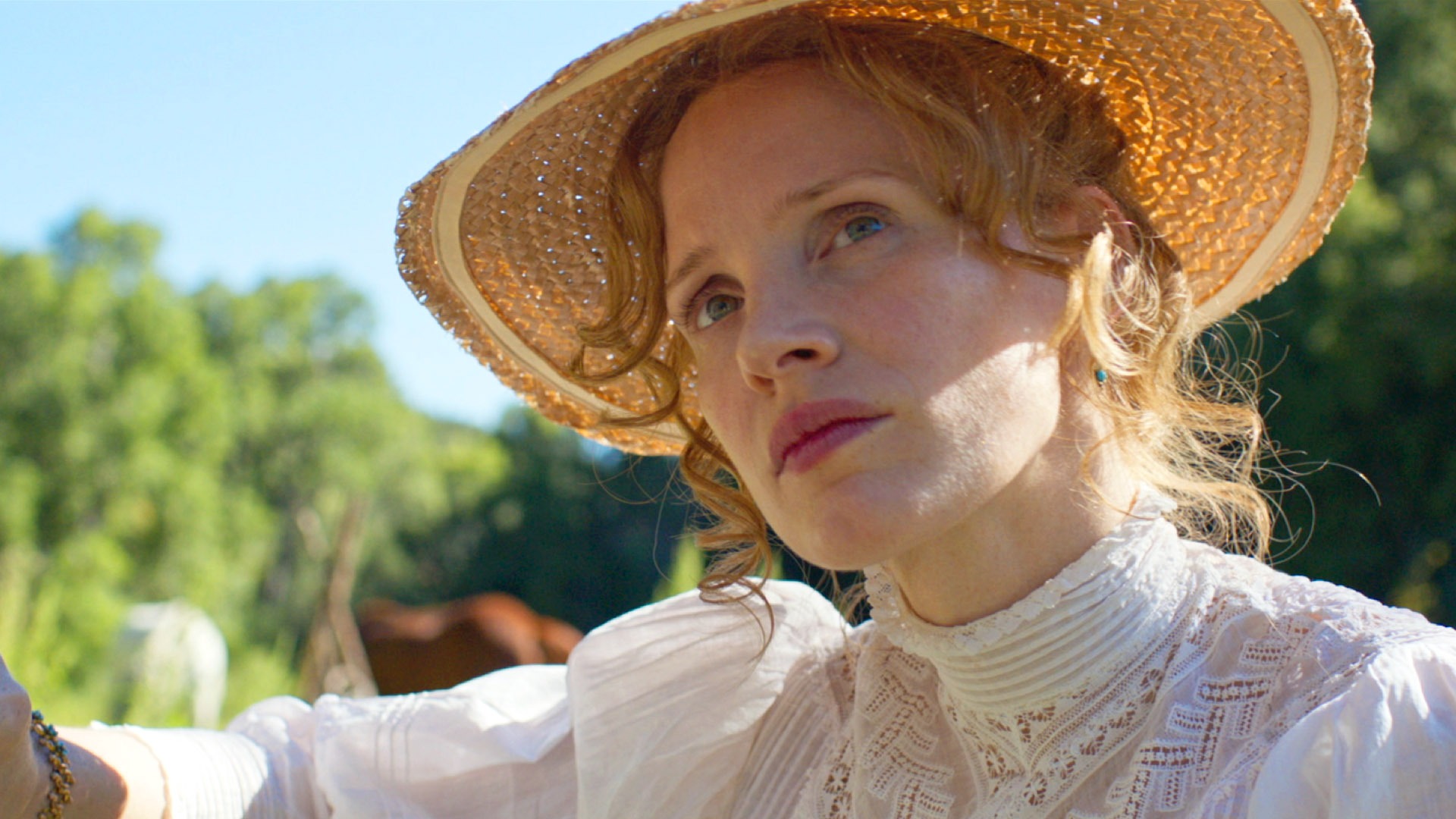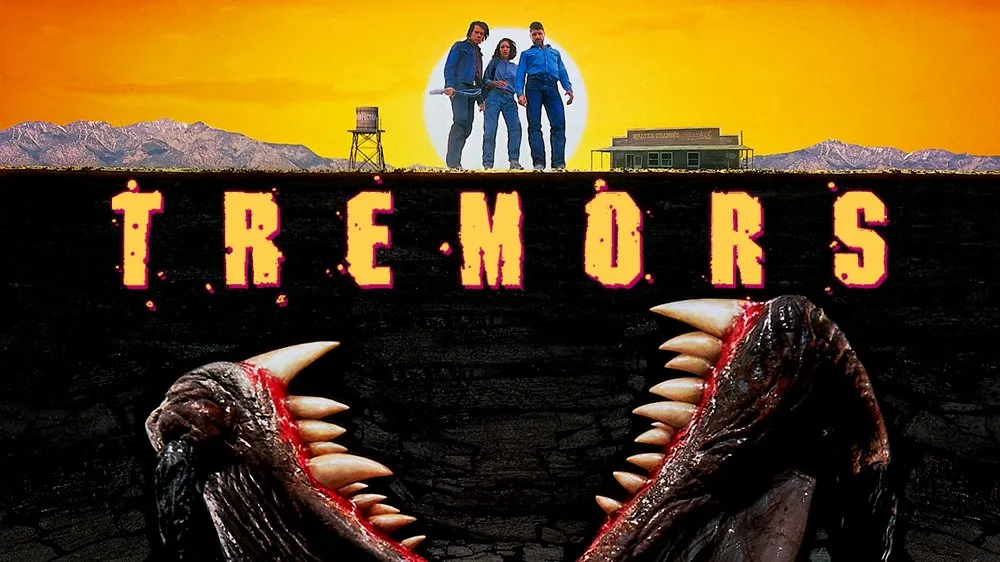She crossed a continent to paint a portrait—and found herself standing on the frontlines of a forgotten war.
In Woman Walks Ahead, director Susanna White brings to life a little-known yet powerful chapter of American history. Set in the 1890s, the film follows the remarkable journey of Catherine Weldon (Jessica Chastain), a widowed painter from Brooklyn who defies expectations and travels to the Dakota Territory to paint a portrait of Lakota Sioux leader Sitting Bull (Michael Greyeyes). What begins as an artistic pursuit quickly evolves into a profound political awakening as she becomes entangled in the tribe’s struggle to preserve their land, rights, and dignity in the face of U.S. government oppression.
The film is as much a quiet rebellion as it is a visual ode to resilience. Catherine’s journey west isn’t just physical—it’s emotional, cultural, and political. In Sitting Bull, she finds a man misunderstood by history: stoic yet poetic, weary yet unbroken. Their growing bond, painted with quiet gestures and unspoken trust, speaks volumes about empathy across differences. It’s not a romance in the traditional sense, but rather a profound meeting of two souls who recognize strength in each other.

Jessica Chastain delivers a performance of elegant defiance, infusing Weldon with both vulnerability and steel. Meanwhile, Michael Greyeyes’s Sitting Bull is a revelation—layered, philosophical, and deeply human. Their scenes together radiate a tension that’s not born from conflict, but from a mutual desire to understand. The cinematography mirrors this relationship, using wide, solemn shots of the Dakota plains to echo the loneliness and beauty of the landscape both characters must navigate.
What makes Woman Walks Ahead resonate is its refusal to romanticize the American frontier. This isn’t the Wild West of Hollywood myth—it’s a land soaked in injustice and resistance. Through Catherine's eyes, the viewer confronts the bitter truths about displacement, broken treaties, and cultural erasure. Yet the film never becomes heavy-handed; instead, it lets the silence speak, trusting the audience to feel the weight of history in each paused breath and distant gaze.

Though based on true events, the film takes creative liberties, particularly in how it compresses timelines and dramatizes relationships. But those liberties serve the greater purpose of truth—one rooted in honoring forgotten voices and restoring dignity to figures too often reduced to footnotes. Woman Walks Ahead is not just a period drama; it’s a reclamation, a quiet insistence that empathy and resistance are timeless acts of courage.
-1754897323-q80.webp)


-1755586377-q80.webp)